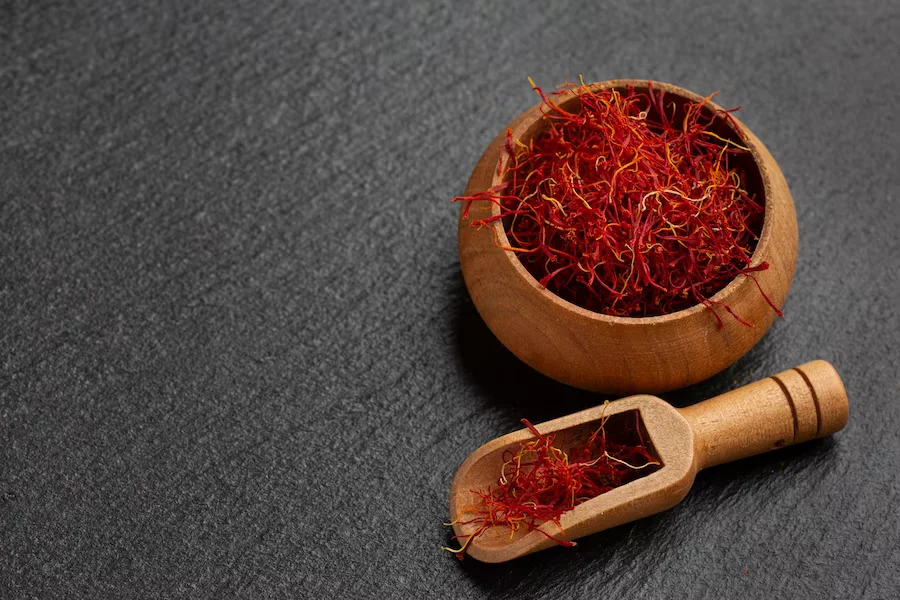Saffron, often referred to as the “red gold,” is one of the most sought-after and valuable spices in the world. This vibrant and aromatic spice is derived from the stigma of the Crocus sativus flower, making it a rare and exquisite addition to culinary and medicinal traditions. In this article, we will delve into the world of saffron, discussing its authenticity, where to buy it, why it’s expensive, and how to store it properly.
What is Saffron?
Saffron is a spice derived from the vivid crimson stigmas (threads) of the Crocus sativus flower. It boasts a rich history dating back thousands of years and is renowned for its distinctive flavor, aroma, and deep reddish-gold hue.
Saffron is an essential ingredient in various cuisines worldwide, adding a unique and luxurious touch to dishes. You might have heard about Persian super negin saffron. You can buy persian super negin saffron here.
What is Fake Saffron, and How Can You Test It?
Fake saffron, often labeled as “safflower” or “saffron adulterants,” can be misleading and potentially harmful. To identify fake saffron, you can perform a couple of simple tests:
1. Color Test
Real saffron threads should have a deep red color with a slight orange hue. If the threads appear too bright red, they may be fake.
2. Water Test
Submerge a few saffron threads in warm water or milk. Genuine saffron will release a rich, reddish color, while fake saffron may leave the liquid almost colorless.
Where to Buy Real and Pure Saffron?
To ensure you are buying authentic saffron, it is advisable to purchase from reputable sources. Look for saffron at established spice stores, specialty food markets, or online retailers with a history of selling high-quality spices. Additionally, check for certifications such as ISO 3632, which guarantees the quality of saffron.
Why is it Expensive, and What is the Current Ongoing Price?
Saffron’s high cost is attributed to the labor-intensive harvesting process. Each flower yields only a few precious stigmas, which are hand-picked with care. It takes tens of thousands of flowers to produce just one pound of saffron. Know about the price of saffron per gram.
Additionally, saffron cultivation is sensitive to environmental conditions. The current price of saffron varies depending on factors like quality, origin, and market demand. As of my last knowledge update in September 2021, prices ranged from $500 to $5,000 per pound.
How to Store Saffron in Better Condition?
Proper storage is essential to preserve the flavor and aroma of saffron. To store saffron effectively:
1. Use Airtight Containers
Place saffron threads in an airtight container to protect them from moisture, air, and light.
2. Keep it Cool
Store the container in a cool, dark place, such as a pantry or spice cabinet.
3. Avoid Heat and Sunlight
Do not expose saffron to direct sunlight or heat sources, as they can degrade its quality.
4. Use Quickly
Saffron is best used within a year of purchase to maintain its potency.
In conclusion, saffron is a precious spice that deserves careful consideration when buying. By knowing how to identify fake saffron, purchasing from trusted sources, understanding its cost factors, and storing it properly, you can fully appreciate the richness of this remarkable spice in your culinary adventures.
